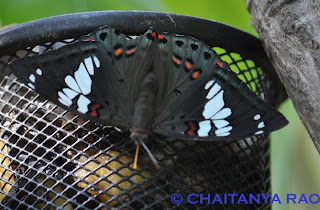Gondeshwar Temple – A 12th-Century Marvel

We were in Nashik when my sister brought up the idea of a trip to Bhimashankar. She was keen on visiting a temple dedicated to Lord Shiva, also known as Lord Mahadev. Bhimashankar, though beautiful, felt a bit hectic for a short trip. That’s when I remembered hearing about the Gondeshwar Temple near Sinnar — just about 35 km from Nashik. Being a Mahadev temple, it seemed like the perfect choice for our little getaway. The Gondeshwar Temple, dedicated to Lord Shiva, is located in Sinnar, in the Nashik district. It dates back to the 11th or 12th century and is believed to have been built during the rule of the Seuna (Yadava) dynasty. Sinnar was once a stronghold of this dynasty in its early days, and historians identify it with Seunapura — a town established by King Seuna Chandra of the Yadava lineage. According to local legend, the town of Sinnar was founded by the Gavali (Yadava) chief Rav Singhuni, and the Gondeshwar Temple was commissioned by his son, Rav Govinda. Architectural...



